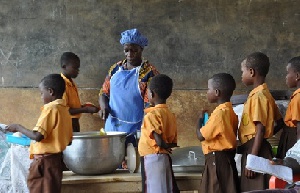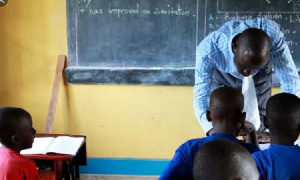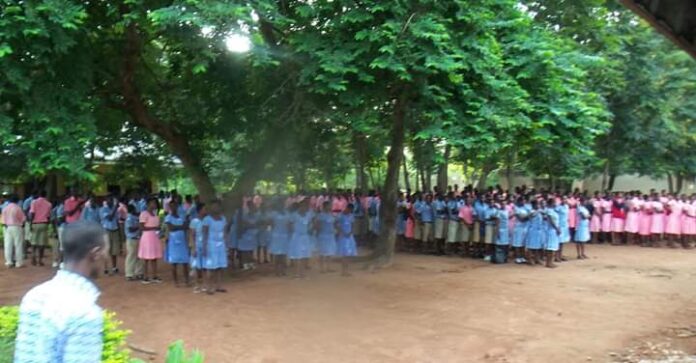U.S. provides GH¢2.8 Million to aid licensing, monitoring and evaluation of schools

The United States Government, through the United States Agency for International Development (USAID), is providing 2.8 million Ghana cedis (USD225,000) to develop and operationalise the School Licensing and Inspection Management System (SLIMS) database.
The support includes the purchase of 100 tablets for the National Schools Inspectorate Authority (NaSIA) to collect school inspection data digitally.
This is to help streamline the licensing, monitoring, and evaluation for all schools across Ghana by putting all data on a single platform.
Kimberly Rosen, USAID-Ghana Mission Director, said the support would help improve education quality and accountability in schools.
“The United States is proud to support the use of technology in Ghana’s educational system – not just for instruction but for sound management and accountability,” she added.
Rosen said they had, over the past seven months, launched three education initiatives to make education accessible to all, strengthen sector accountability, and promote public-private partnership.
The first initiative, the Strengthening Accountability in Ghana’s Education System (SAGES) government-to-government (G2G) agreement, she said, aimed to institutionalise and create an enabling environment for education accountability at all levels.
“The second, the SAGES Systems Strengthening Activity complemented the G2G agreement by providing technical assistance to the Ministry of Education and its agencies to support education management and citizen engagement.”
“The third initiative, the Advancing Partnerships for Improved Learning (APIL) Activity, supports more than 200 low-fee private schools to provide quality education for children in underserved and marginalised communities in northern Ghana,” she added.
The United States is Ghana’s largest bilateral development partner.
In the past year, development support through USAID totalled over $140 million, dedicated to education, health, economic growth, agriculture, and more.
Source: GNA




